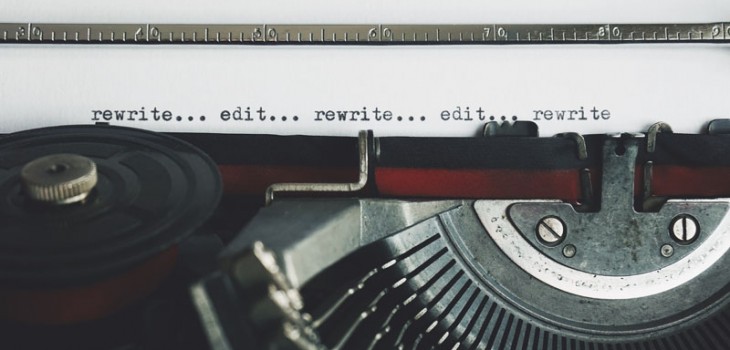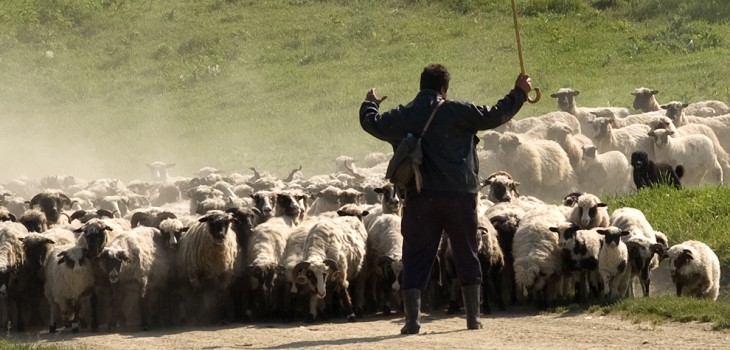
Congratulations!
You've written a book, but before you dash off to self-publish it, you should consider getting your work edited first. Editing is there to help you polish your writing and get it into the best possible shape before being released to the world. You may have heard that there are lots of different types of editing, so we'll break down the various types of and what they are for below.
Content editing
A content editor will take a bird’s eye view of your book and will examine it for such things as flow, pacing and tone. They may suggest changes to certain paragraphs, or that some content be moved or removed entirely. They'll examine the plot and point out any glaring plot holes or inconsistencies and any issues around viewpoint or head-hopping. They will also check your consistency with using tense, for example if you are mixing up past and present tense. It's a comprehensive process that should help get your book onto a solid foundation.
Line editing
A line editor takes a laser focused look at your writing on a line-by-line basis. They are looking at such things as word choice and sentence structure. They will help you ensure that your sentences are conveying to the reader what you are intending to. They will point out long-winded sentences that could be streamlined, and suggest alternatives for repeated words and sentences. They will also point out any dreaded "show don't tell" prose they come across.
Copy Editing
Copy editing is the process of checking your writing for spelling, punctuation, and grammar issues. They are looking for those misplaced commas, incorrect usage of semicolons and a bazillion other grammatical mistakes, some of which you probably had no idea were a thing. They are also looking at the technical aspects of the work - such as correct spacing between the various elements on the page.
Proofreading
A proof-reader will take your finished, and ready for print work and check that it looks correct in that form. They will be looking for any errors missed by the previous editors (spelling errors etc) but will also be checking that everything has translated onto the page correctly. For example, checking page numbering is correct and that the content is correctly aligned.
Each stage of editing is there to help catch mistakes that the stage before either missed or was not concerned with. You may not need to do all these steps (some editors may perform multiple roles, such as a copy editor also performing the proofreading), but having some editing done can only benefit your writing.
You can find editors who may be able to give you more information in our services section.











